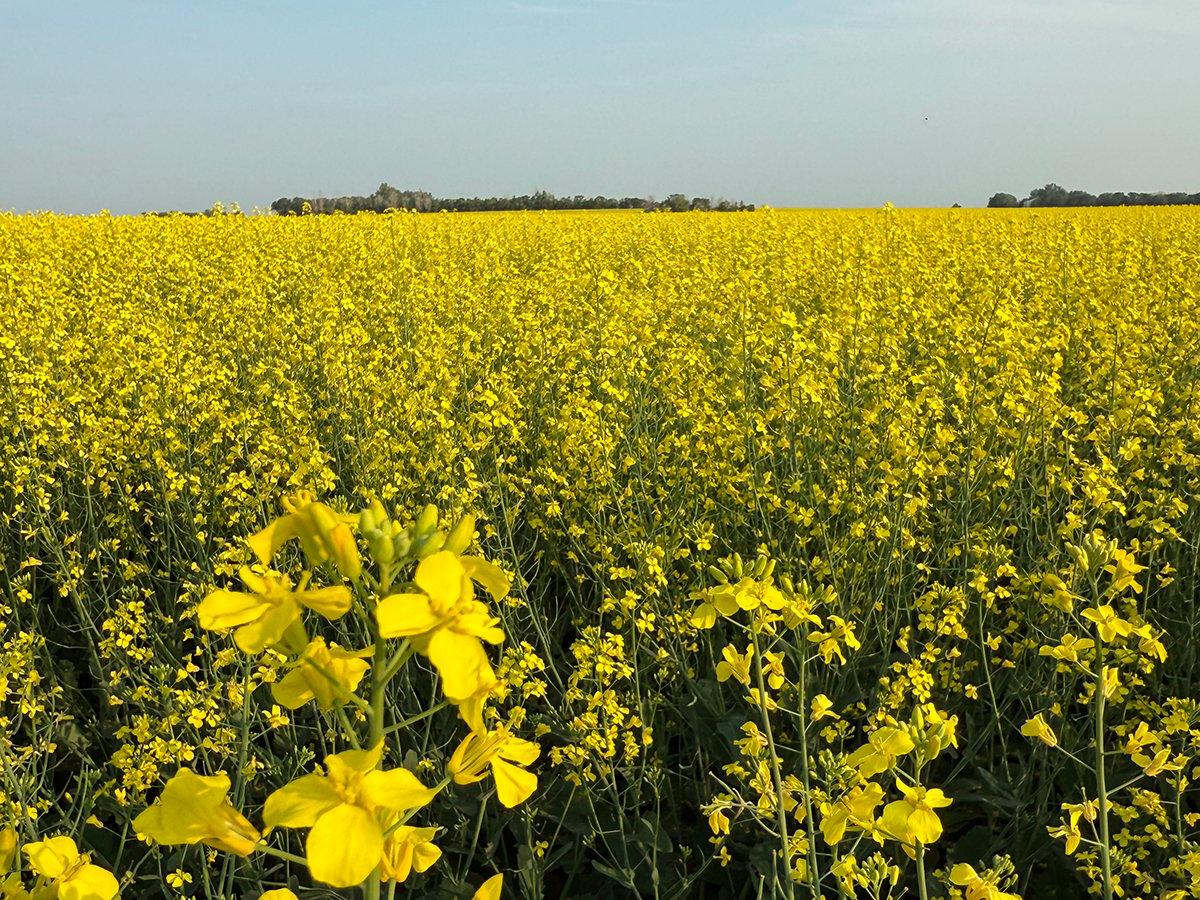Heifers get premium
Fed cattle prices were mixed last week with steers losing 50 cents per hundredweight on average and heifers gaining almost $1 as packers aggressively sought lighter females.
Heifers have a $1.50 premium over steers and it’s expected to stay that way in August. The steer mix included cattle over 1,375 lb. that fetched the lowest bids.
Prices in Alberta July 30 were steers $78.75-81.35 and heifers $79-82.60. Beef sales are still considered slow with plenty of beef and pork in the system making business far from brisk.
Read Also

Canola support gets mixed response
A series of canola industry support measures announced by the federal government are being met with mixed reviews.
Canfax said any glimmer of market strength seems to disappear quickly. Even the falling Canadian dollar has helped little.
The Canada-U.S. basis level is fairly high at $9, indicating local supplies are ample compared to the northwest U.S. The outlook is for steady, weak prices.
Cow prices picked up $2 per cwt. on average last week due to a tighter supplies.
Trade is expected to remain strong with tight numbers anticipated right through August, said Canfax.
Most auction rings reported light offerings of feeder cattle. Prices were mostly steady on feeders and yearlings.
Volumes will start to increase significantly in August and prices should decrease as yearlings appear.
On the other hand, lower feed grain prices and the record low Canadian dollar will help prices.
Stock bred cows were $600-900. Bred heifers were $550-1,100. Cow-calf pairs were $600-1,250, with the bulk at $800-1,000 on good quality.
Hog prices stay low
Canadian cash hog prices held steady at their low level last week. In Manitoba, the price for 100 index hogs varied between $134.04 and $136.92 per 100 kilograms.
In the United States, the Omaha cash price July 31 was $37.25 (U.S.) per cwt., up 25 cents from the previous Friday.
Agricultural economist Glen Grimes of the University of Missouri notes U.S. hog producers marketing 50,000 head or more annually said in a survey they have scaled back expansion plans by one-third compared to a spring survey.
However, the growth is still big enough that it could outweigh plans of smaller producers to scale back or leave the industry. That means more hogs could be marketed in 2000 than are being sold in 1998, he said in a weekly report.
If marketings are close to 1998 levels, growing pork exports and population growth could provide prices above $40 (U.S.). However, if marketings grow to 106-108 million head in 2000, prices will be similar to 1998 at best.














